Navigation
Install the app
How to install the app on iOS
Follow along with the video below to see how to install our site as a web app on your home screen.
Note: This feature may not be available in some browsers.
More options
-
By using this site you agree to the terms, rules, and privacy policy.
-
Charlie's Restoration Giveaway #2 (Entire Home EMF Mitigation & Protection Along With Personal Protection) - Click Here To Enter
-
Dear Carnivore Dieters, A Muscle Meat Only Diet is Extremely Healing Because it is a Low "vitamin A" Diet. This is Why it Works so Well...
Rest the rest of this post by clicking here
-
The Forum is transitioning to a subscription-based membership model - Click Here To Read
Click Here if you want to upgrade your account
If you were able to post but cannot do so now, send an email to admin at raypeatforum dot com and include your username and we will fix that right up for you.
You are using an out of date browser. It may not display this or other websites correctly.
You should upgrade or use an alternative browser.
You should upgrade or use an alternative browser.
Sabotage - Dairy Farm Fires & other threats to our food supply
- Thread starter Rinse & rePeat
- Start date
Rinse & rePeat
Member
- Joined
- Mar 10, 2021
- Messages
- 21,516
“Federal officials have told peach growers in Georgia they will issue a disaster designation for this year’s peach crop. The state lost over 85% of its peaches this spring.”
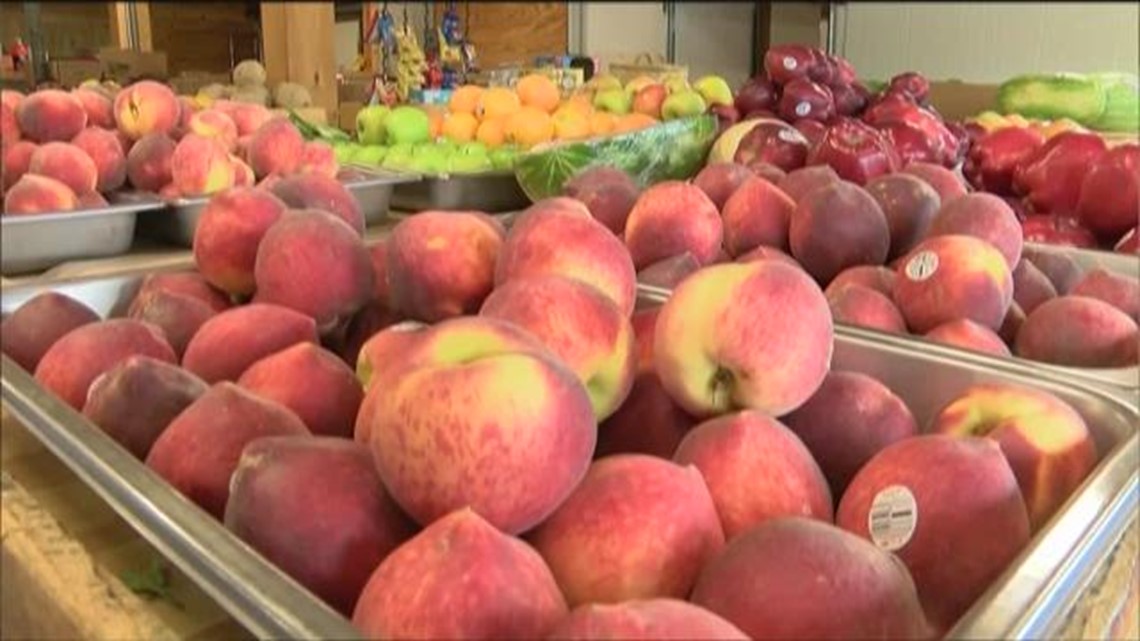

Disaster designation issued for Georgia peach crop
At the state Farmer's Market in Forest Park, Georgia peaches are almost as scarce as Halloween pumpkins and Christmas trees.
www.11alive.com
Rinse & rePeat
Member
- Joined
- Mar 10, 2021
- Messages
- 21,516
.
Rinse & rePeat
Member
- Joined
- Mar 10, 2021
- Messages
- 21,516
My local store hadn’t been able to get russet potatoes for more than three weeks now. I had no idea there has been a shortage of them since last year, in many other countries too, I think I am going to try growing my own….
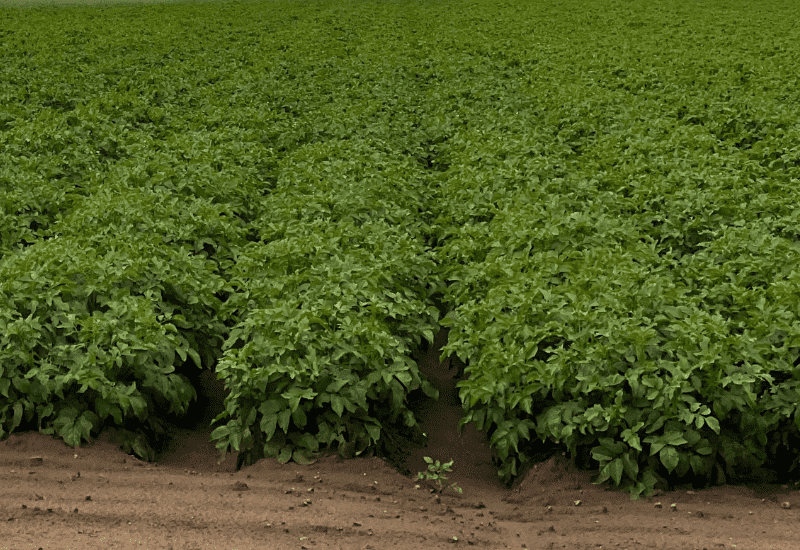
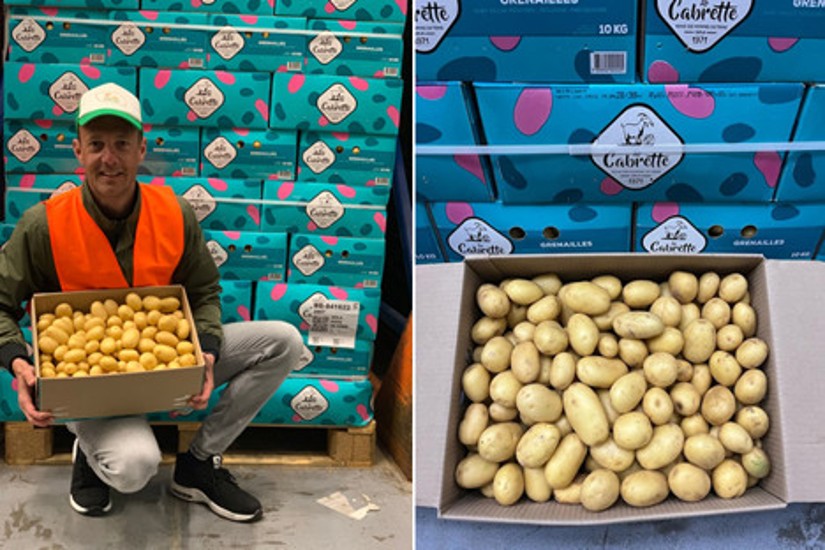
 www.potatonewstoday.com
www.potatonewstoday.com

Organic russets feeling potato supply squeeze - Spudman
The 2022-23 storage crop of all potatoes is down as much as 5% from the previous year, a shortage being felt by organic russet potato sector.
spudman.com

‘Major shortages and unprecedented high prices in the European potato market,’ says Dutch potato trader
“I’ve never seen the potato market this hot,” says Robert Voskamp of the Dutch company Rola Fresh, an importer and exporter of greenhouse vegetables, sweet potatoes and French pot…
 www.potatonewstoday.com
www.potatonewstoday.com
-Luke-
Member
Since the second link mentions the European potato market, the quality of potatoes (at least in Germany) has drastically declined in recent years. Many have foul spots inside that you can't see from the outside. I probably had three bags this year which I threw away almost completely, because almost all potatoes were black inside. I almost never had to throw potatoes away ten years ago.My local store hadn’t been able to get russet potatoes for more than three weeks now. I had no idea there has been a shortage of them since last year, in many other countries too, I think I am going to try growing my own….

Organic russets feeling potato supply squeeze - Spudman
The 2022-23 storage crop of all potatoes is down as much as 5% from the previous year, a shortage being felt by organic russet potato sector.spudman.com

‘Major shortages and unprecedented high prices in the European potato market,’ says Dutch potato trader
“I’ve never seen the potato market this hot,” says Robert Voskamp of the Dutch company Rola Fresh, an importer and exporter of greenhouse vegetables, sweet potatoes and French pot…www.potatonewstoday.com
Higher prices (although still a very affordable food) and lower quality. What's not to like?
Rinse & rePeat
Member
- Joined
- Mar 10, 2021
- Messages
- 21,516
“The disease is caused by bacteria carried by an invasive insect called the Asian citrus psyllid. It causes the fruit to turn bitter and green, and kills the tree if left unchecked for too long, per the Los Angeles Times. In Florida, citrus greening caused a severe drop in orange production, from about 300 million boxes produced in 2000 to only about 70 million boxes last year, according to NPR.”
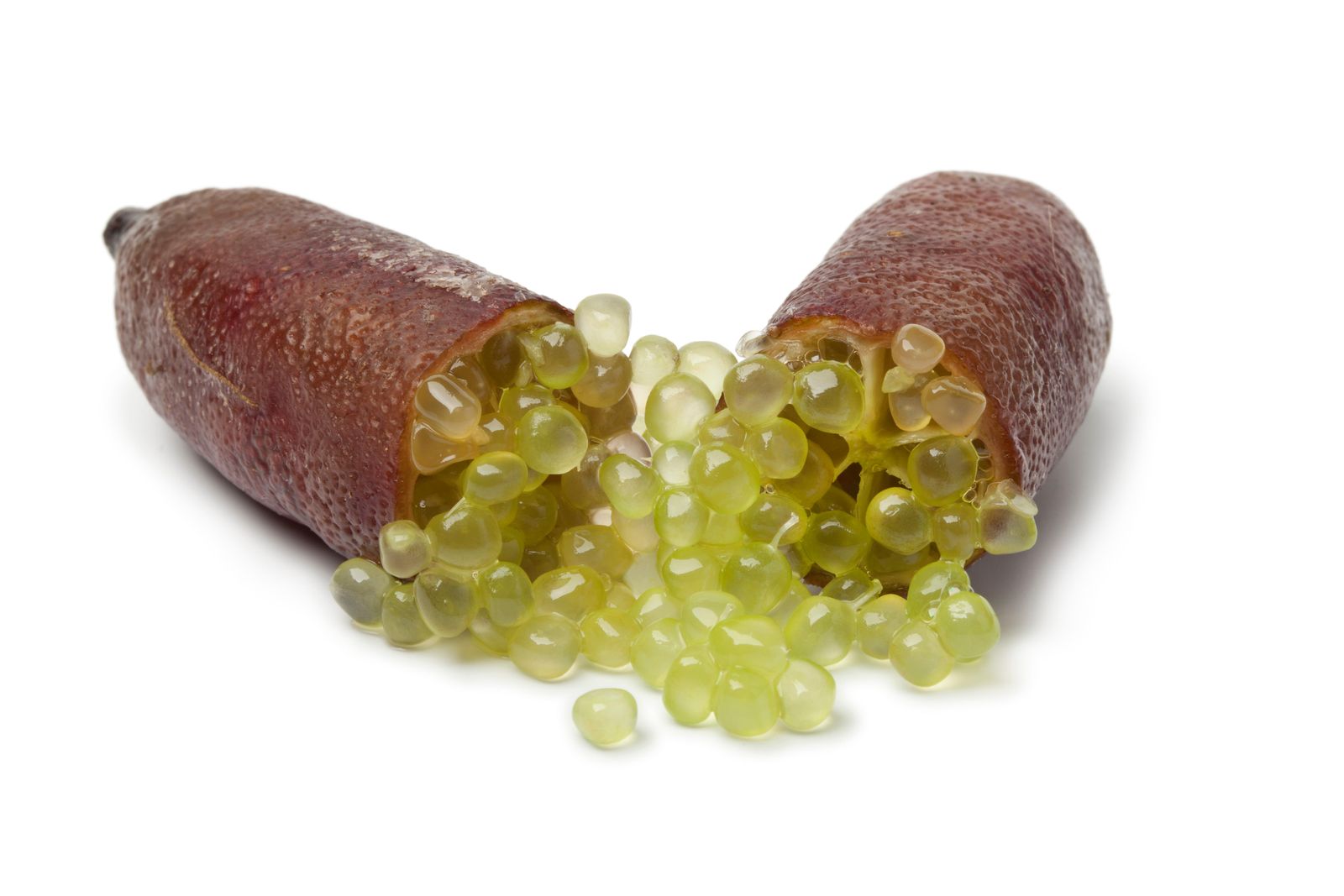
 www.smithsonianmag.com
www.smithsonianmag.com

How the Australian Finger Lime Could Save American Citrus
Scientists found the gene that makes finger limes impervious to a disease turning oranges green and bitter
Rinse & rePeat
Member
- Joined
- Mar 10, 2021
- Messages
- 21,516
“HLB is a disease spread by the insect Asian citrus psyllid, which infects trees with a slow-growing bacteria while it feeds on their shoots. It’s commonly spread as the insect travels across borders in fruit or tree cuttings, but a warming climate is speeding things along. The transmission of citrus greening depends on temperature—both to ensure that the psyllid survives and that the host trees are at their most vulnerable. Temperatures between 60 and 90 degrees Fahrenheit allow the disease to thrive. Research has shown that areas that stay within that range for at least half of the year have the most cases of HLB.
As global temperatures rise, citrus greening infestations can—and will—move further north. Tracking the spread of HLB is, in some ways, tracking the warming climate.
Growers can often, unknowingly, graft an infected tree limb onto their otherwise healthy stock. That’s how citrus groves in Texas, and most especially Florida, fell victim to the disease. HLB was first discovered in Florida in 2005, where it promptly tore through the state’s orange and grapefruit groves, infecting close to 90 percent of the citrus. Nearly 20 years later, last season’s orange production is a mere 16 percent of the yield in 2003. And overall citrus production continues to fall, every year for the past five years. This year’s orange yield is predicted to be 25 percent lower than last years’ final production.”
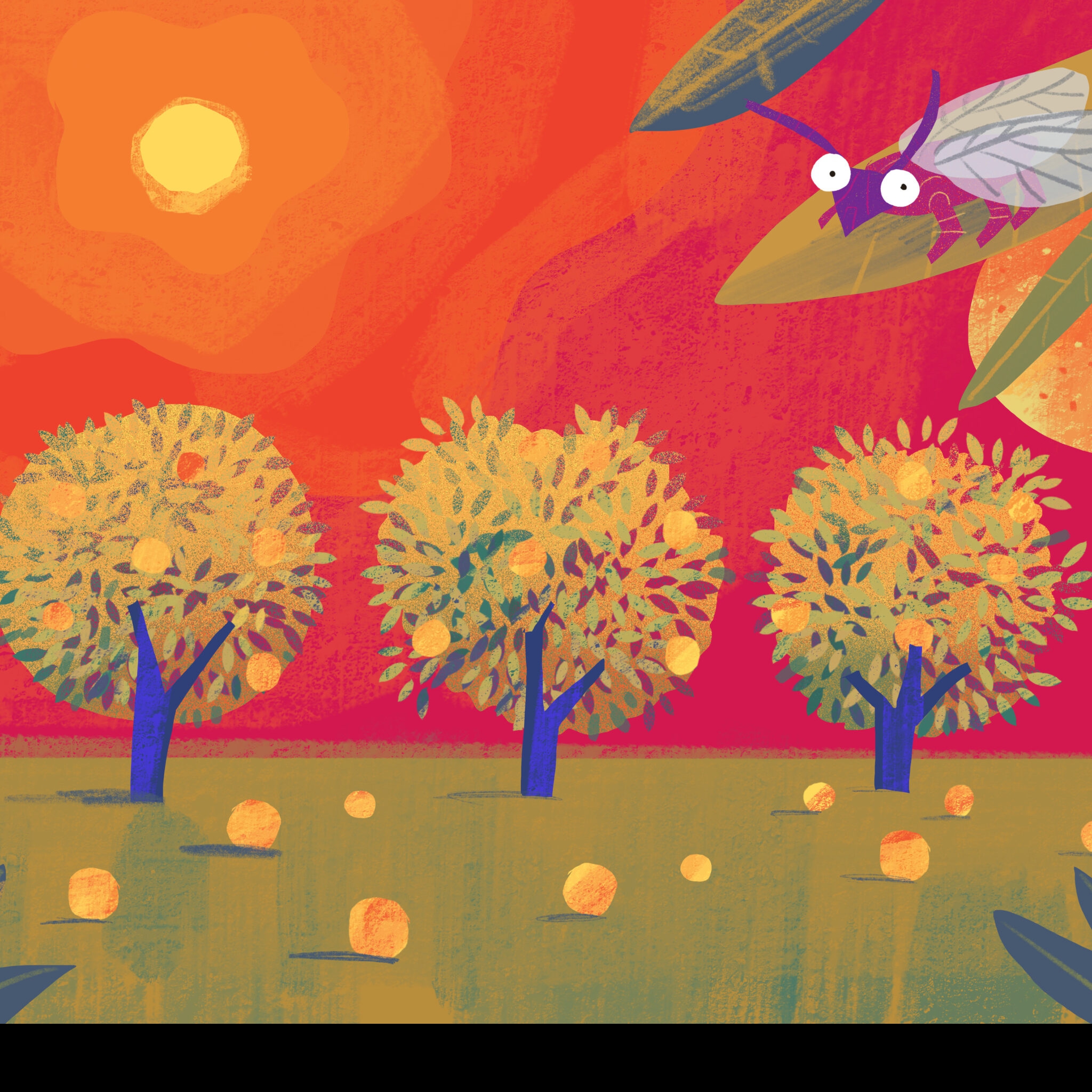
 modernfarmer.com
modernfarmer.com
As global temperatures rise, citrus greening infestations can—and will—move further north. Tracking the spread of HLB is, in some ways, tracking the warming climate.
Growers can often, unknowingly, graft an infected tree limb onto their otherwise healthy stock. That’s how citrus groves in Texas, and most especially Florida, fell victim to the disease. HLB was first discovered in Florida in 2005, where it promptly tore through the state’s orange and grapefruit groves, infecting close to 90 percent of the citrus. Nearly 20 years later, last season’s orange production is a mere 16 percent of the yield in 2003. And overall citrus production continues to fall, every year for the past five years. This year’s orange yield is predicted to be 25 percent lower than last years’ final production.”

There’s No Cure for Citrus Greening. California Growers Have No Choice But to Keep Going
It starts out as unnoticeable, lying dormant for two or even four years. It’s undetectable. But slowly, the signs come out. Individual branches on a tree point to signs of a nutrient deficiency or perhaps overwatering. Branches will start to yellow and weaken, turning shriveled. Then, the fruit...
Athrunzala
Member

ATTACK ON OUR FOOD SUPPLY: Illinois corn and soy processing plant EXPLODES, leaving at least eight workers injured – NaturalNews.com
If you can even believe it, another food processing plant has exploded, this time in Decatur, Ill. at a processing complex owned by Archer-Daniels-Midland (ADM). Reports indicate that at least eight people suffered injuries – five of them are still being hospitalized for critical injuries –...
David PS
Member
It is near me and affects my raw milk supply.
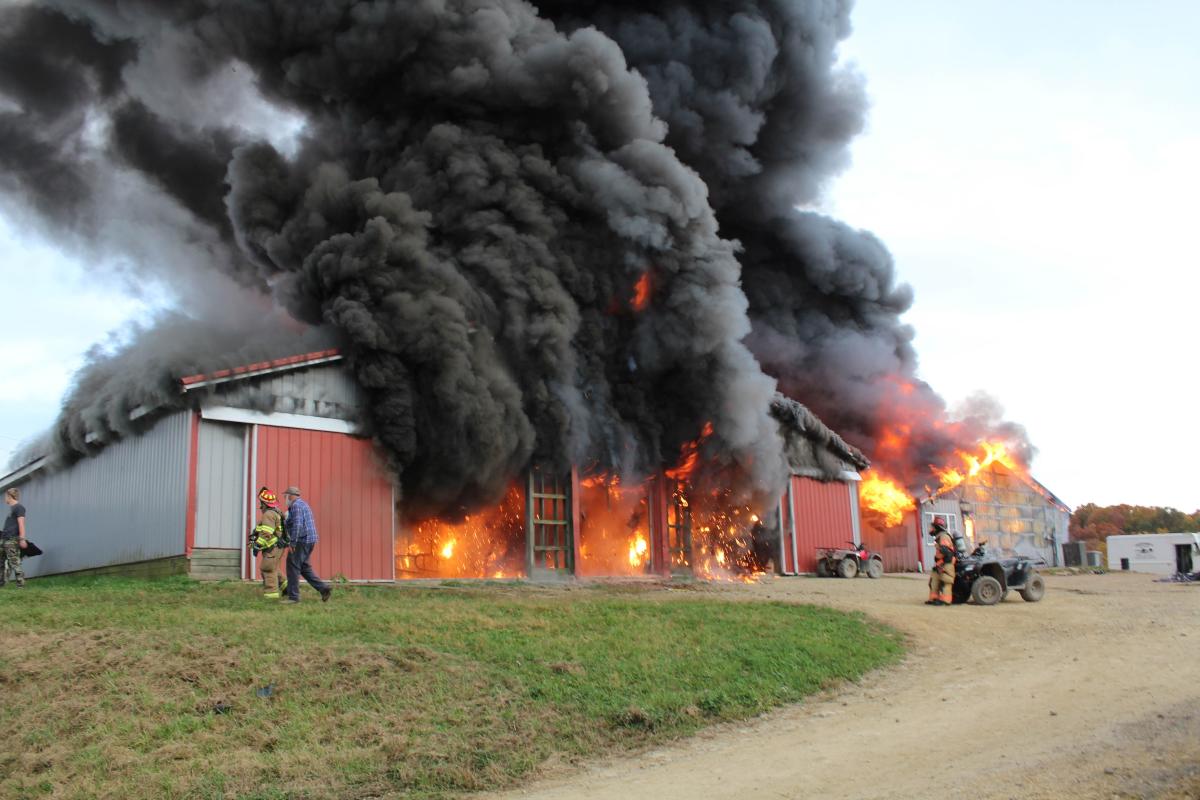
 news.yahoo.com
news.yahoo.com
Barn fire destroys milking and bottling plants at Brunton Dairy, no injuries reported
A fire destroyed barns containing milking equipment and bottle production at Brunton Dairy, but no injuries were reported at the popular family farm.
Rinse & rePeat
Member
- Joined
- Mar 10, 2021
- Messages
- 21,516
Just wanted to everyone know that I am creating my own site where all my “Peaty” recipes will be well organized. I hope to see you there when I get some content in. Leave me a message at the email address below so I can put you on my mailing list and contact you when it is ready to go!
My website is: www.raymendeat.com
Ray_Mend_Eat
Email me at [email protected]
My website is: www.raymendeat.com
Ray_Mend_Eat
Email me at [email protected]
David PS
Member
Massive Fire Engulfs Feather Crest Farm Chicken Plant in Texas, Reportedly Following Large Explosion (VIDEO)
WHO?Massive Fire Engulfs Feather Crest Farm Chicken Plant in Texas, Reportedly Following Large Explosion (VIDEO)
EMF Mitigation - Flush Niacin - Big 5 Minerals
